Robin Friend captures the dual nature of Britain’s countryside
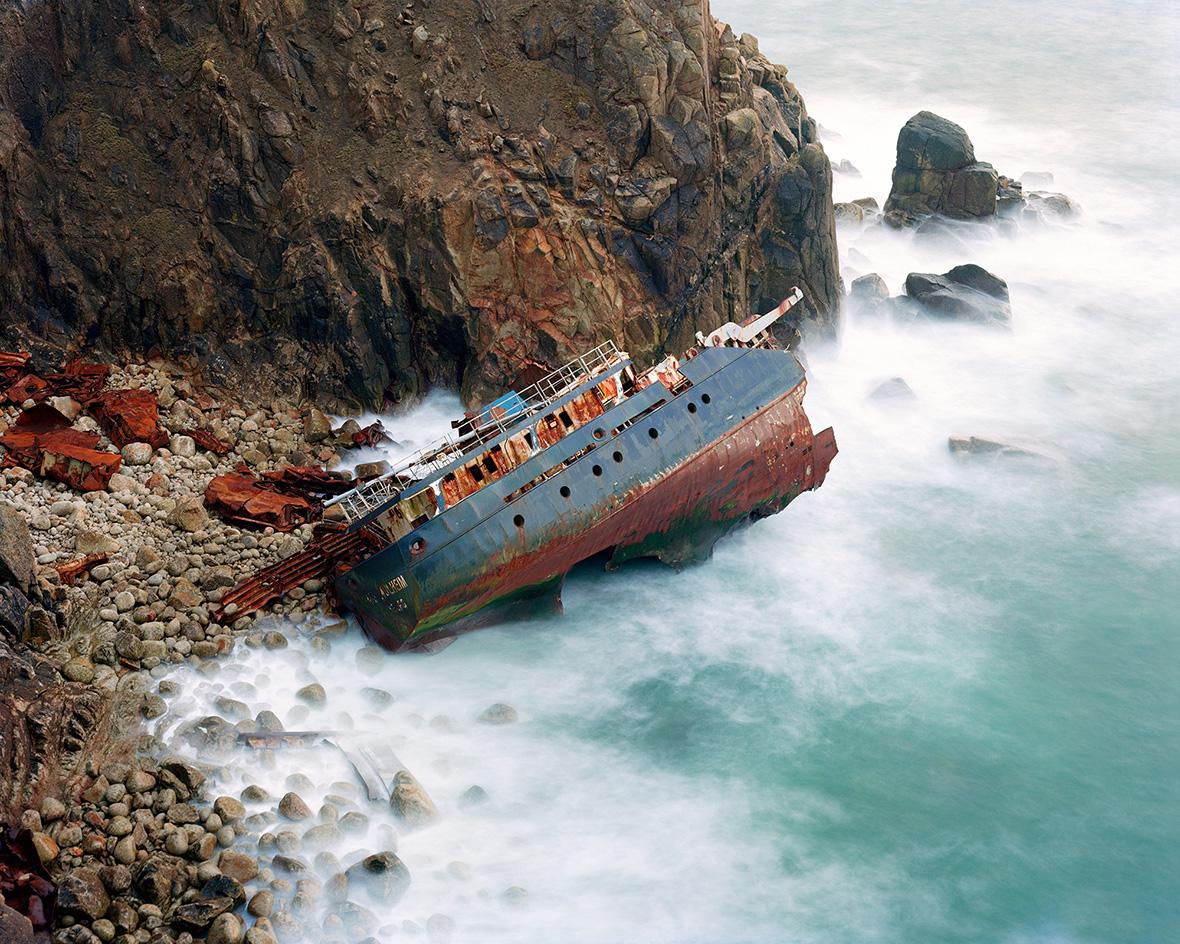
Robin Friend’s newly released book, Bastard Countryside, is the unplanned result of 15 years of photographing the British landscape. When Friend – a Wallpaper* contributor – started taking the large-format pictures that appear on the book’s pages, he was still an undergraduate at Plymouth University.
There are also photographs taken later, when he moved to London, where he completed an MA at the Royal College of Art. It was at the RCA that he met Robert MacFarlane, the British writer who has revived interest in writing about the landscape in his books and essays. Macfarlane introduced Friend to Victor Hugo’s contemplation of a ‘bastard countryside’, a place between urban and rural, and has contributed an essay to the book.
Bastard Countryside looks outwards at a changing landscape, but it is also a personal documentation, of a person maturing as an artist and as a man, and in his vision of the world through his camera. For Friend, who was born in London but grew up in Australia before moving back, this dual perspective also reveals itself in an insider-outsider view, the imprint of culture on nature. Friend treats Britain’s creeks and canals, flora and fauna, industrial sites and scrap yards, with the equal curiosity and distance of a foreign eye.

There are dramatic, monumental scenes – a shipwreck, a beached whale – that touch on themes of death and human destruction. Other images surprise with unexpected beauty: piles of scrap waste suddenly look like magnificent sculptures. There are juxtapositions that provoke laughter, such as his snapshots of scarecrows. Friend’s understanding of colour and light brings a surreal kind of magic: his pictures of satellite dishes rusting in fields of lavender, or pinkish bales of hay piled high, look exotic to a native.
Like a long line of landscape painters who have sat out in the teeth of the weather, Friend, with his cumbersome large-format camera, has abseiled and climbed (and even slept on shipwreck) to take his photographs. Some are carefully coordinated shoots while others are spontaneous sightings. This physical engagement with the landscape is as much part of the work: we look at it from different angles, above, below, up-close and from afar.
Juxtaposing the natural and the manmade, pollution and its victims, wreckage and renewal, Bastard Countryside constitutes ‘an archive of a country’s margins during an era of austerity and marginalisation’, as MacFarlane writes in his essay. This is not a depiction of pastoral perfection but an ode to a tangled, snuggle-toothed terrain whose charm isn’t obvious but has been overlooked.
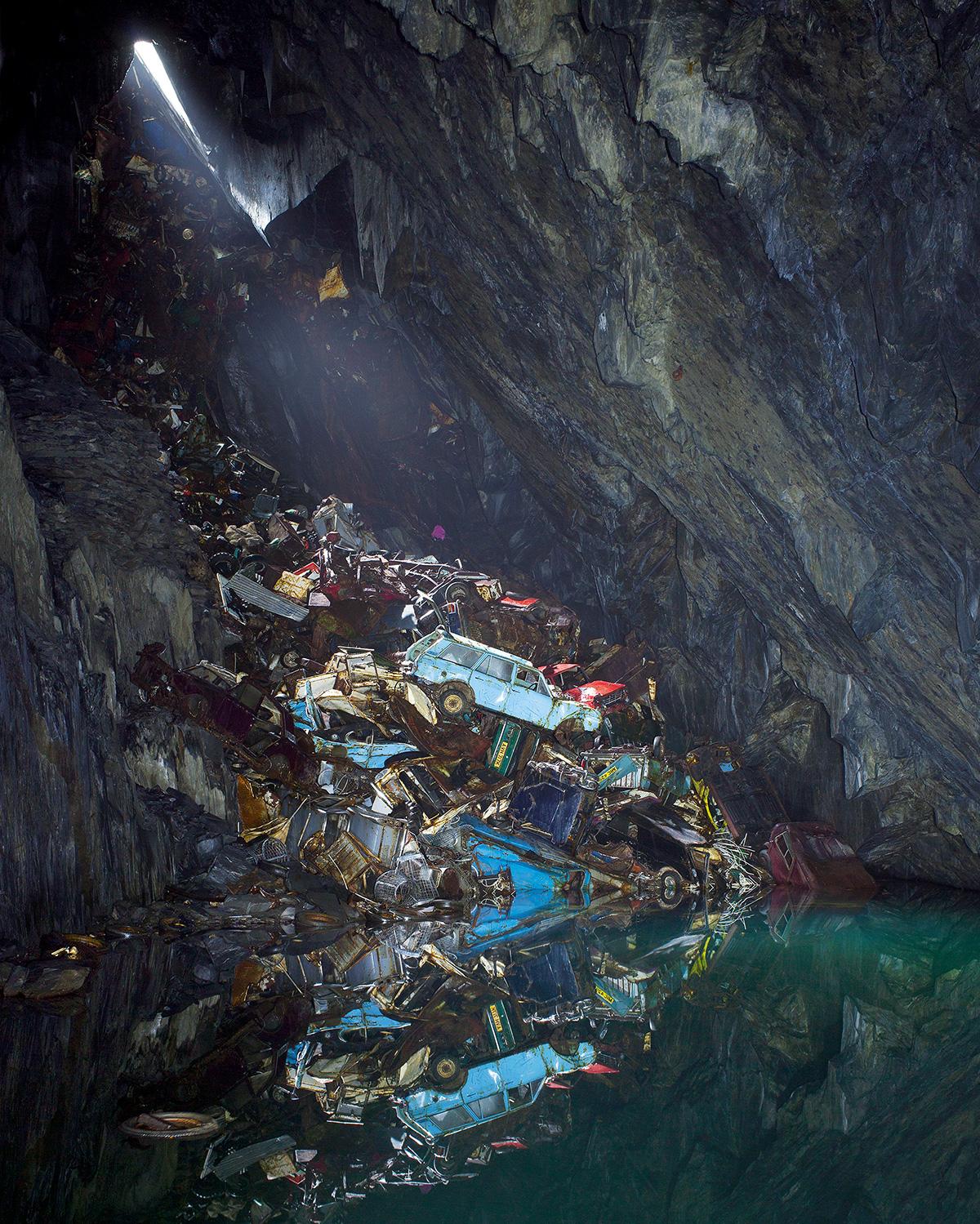


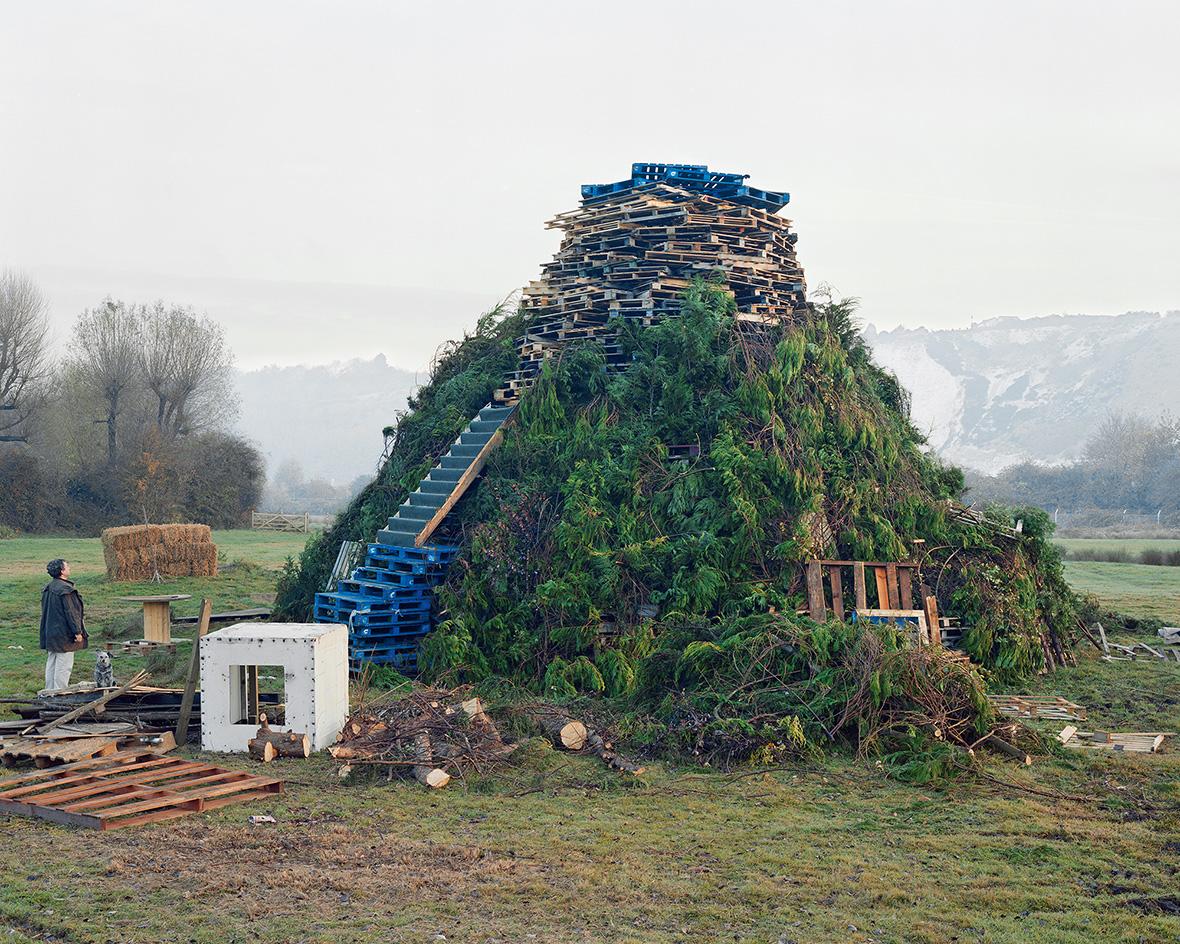


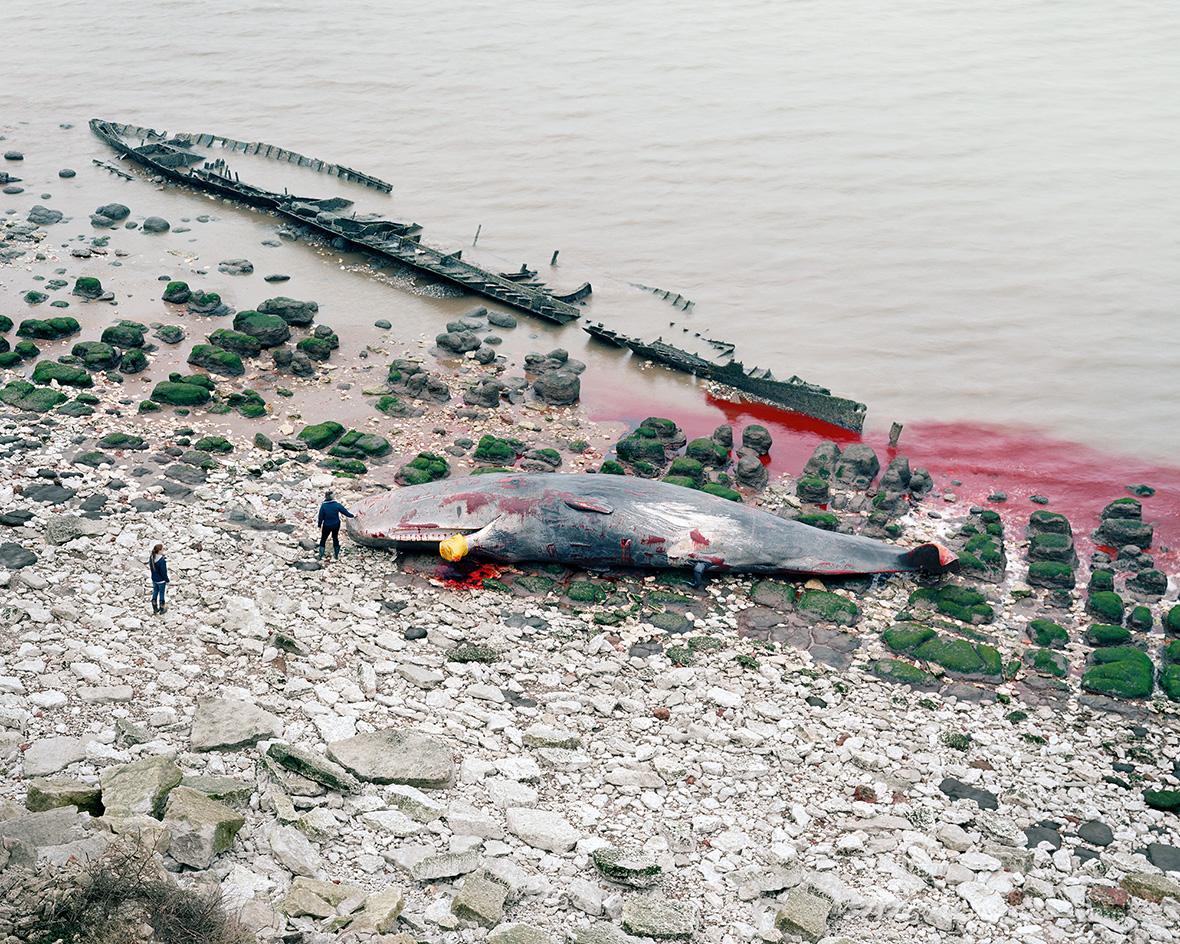
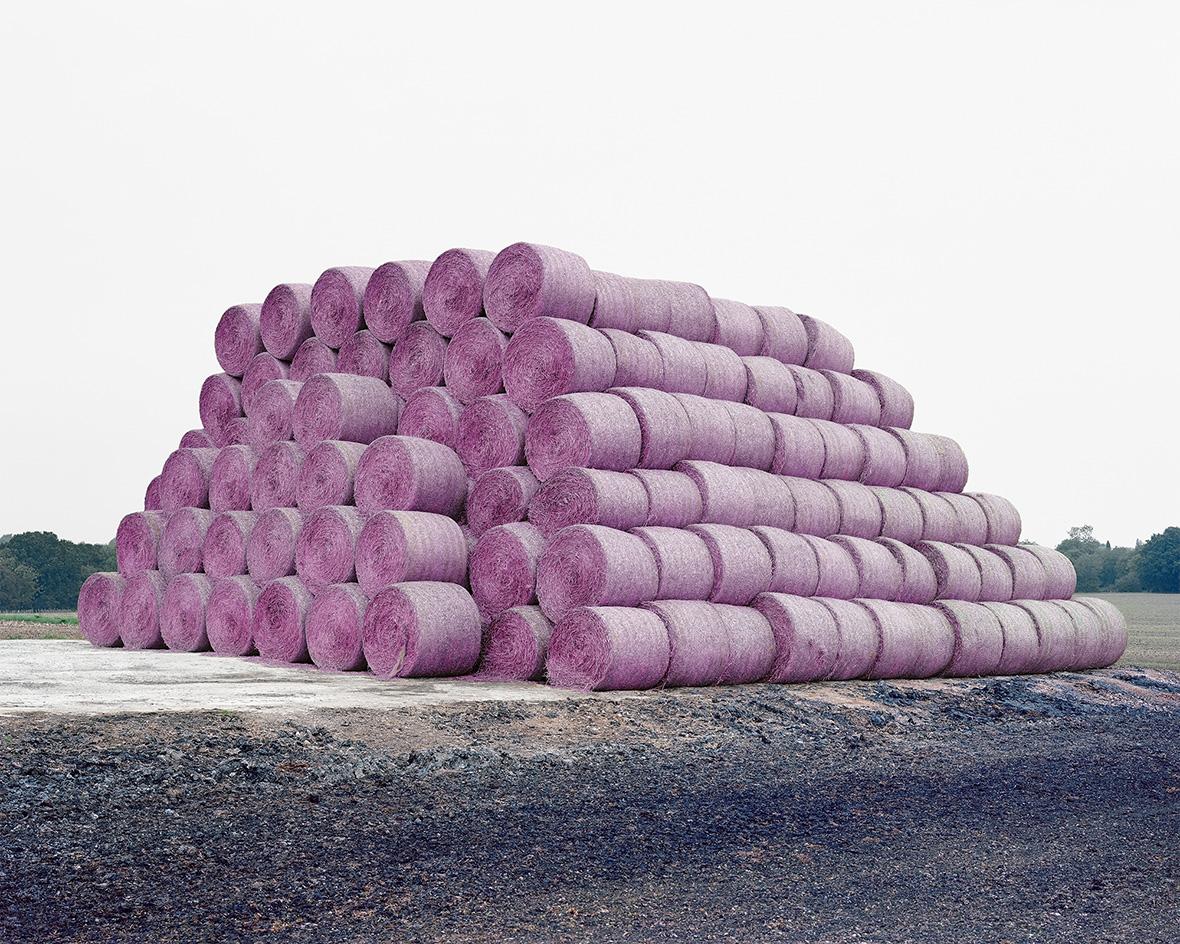

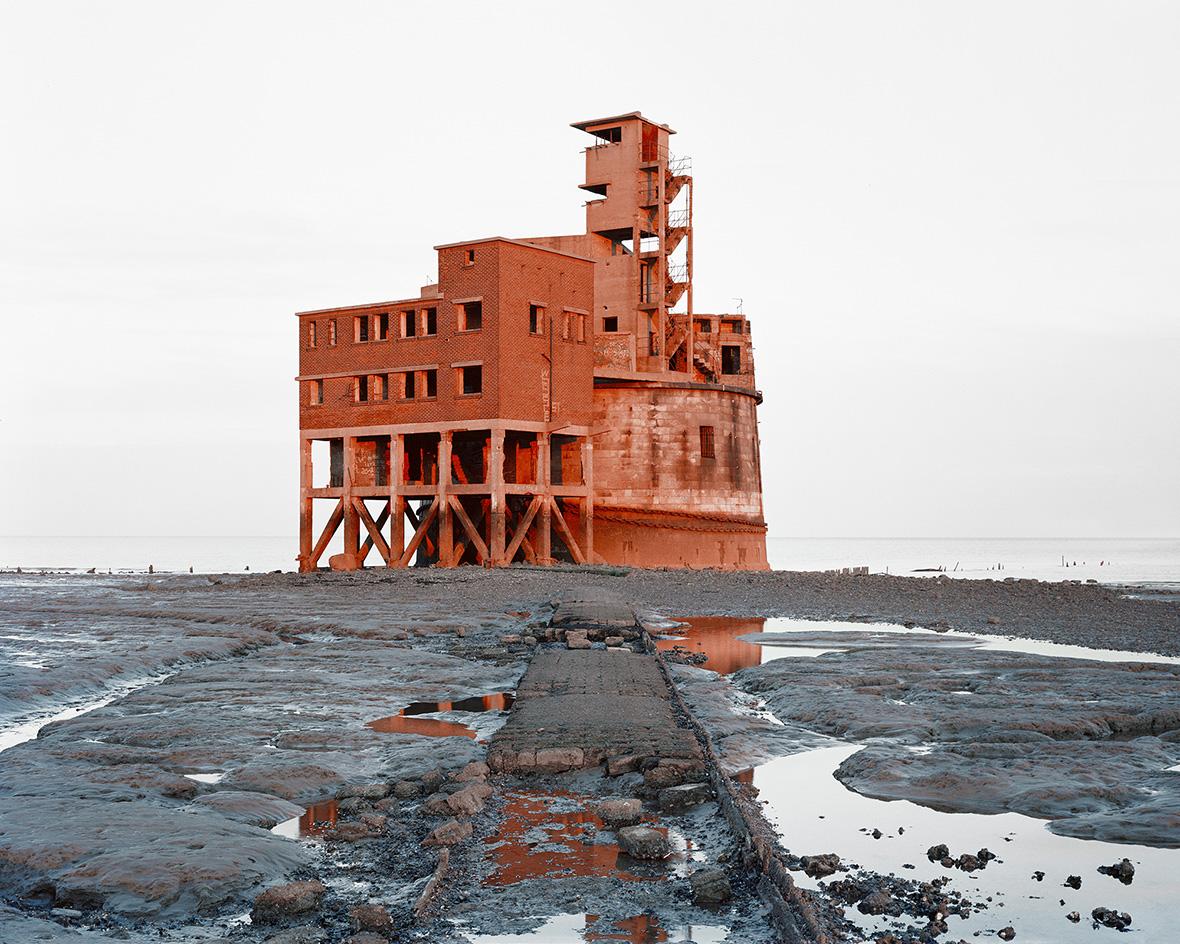
INFORMATION
Bastard Countryside, £40, published by Loose Joints. The book launches at Donlon Books in East London on 6 December, from 6.30-8.30pm. For more information, visit Robin Friend’s website
Receive our daily digest of inspiration, escapism and design stories from around the world direct to your inbox.
Charlotte Jansen is a journalist and the author of two books on photography, Girl on Girl (2017) and Photography Now (2021). She is commissioning editor at Elephant magazine and has written on contemporary art and culture for The Guardian, the Financial Times, ELLE, the British Journal of Photography, Frieze and Artsy. Jansen is also presenter of Dior Talks podcast series, The Female Gaze.
-
 Apple Music’s new space for radio, live music and events sits in the heart of creative LA
Apple Music’s new space for radio, live music and events sits in the heart of creative LAApple Music’s Rachel Newman and global head of workplace design John De Maio talk about the shaping of the company’s new Los Angeles Studio
-
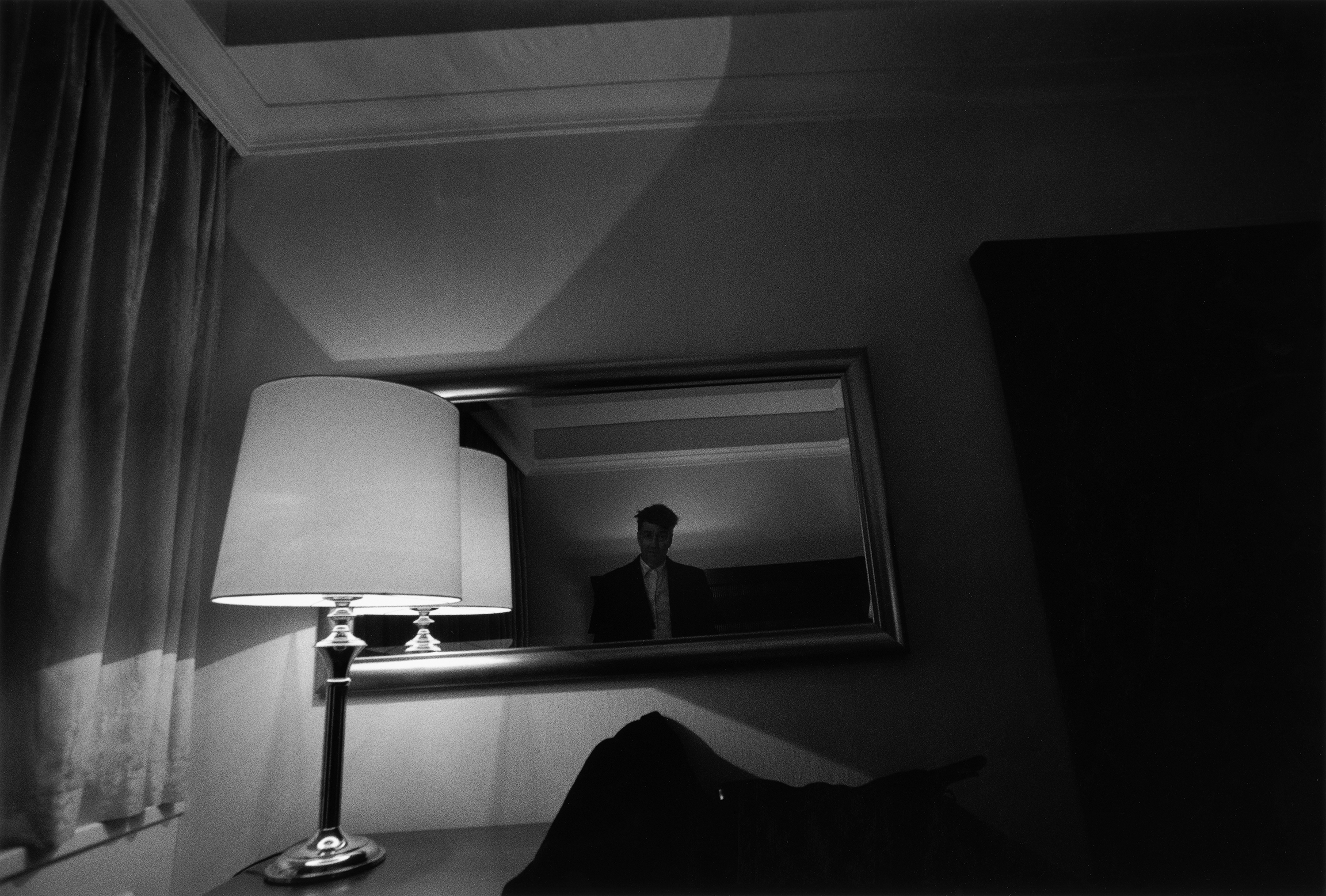 David Lynch’s photographs and sculptures are darkly alluring in Berlin
David Lynch’s photographs and sculptures are darkly alluring in BerlinThe late film director’s artistic practice is the focus of a new exhibition at Pace Gallery, Berlin (29 January – 22 March 2026)
-
 Roland and Karimoku expand their range of handcrafted Kiyola digital pianos
Roland and Karimoku expand their range of handcrafted Kiyola digital pianosThe new Roland KF-20 and KF-25 are the latest exquisitely crafted digital pianos from Roland, fusing traditional furniture-making methods with high-tech sound
-
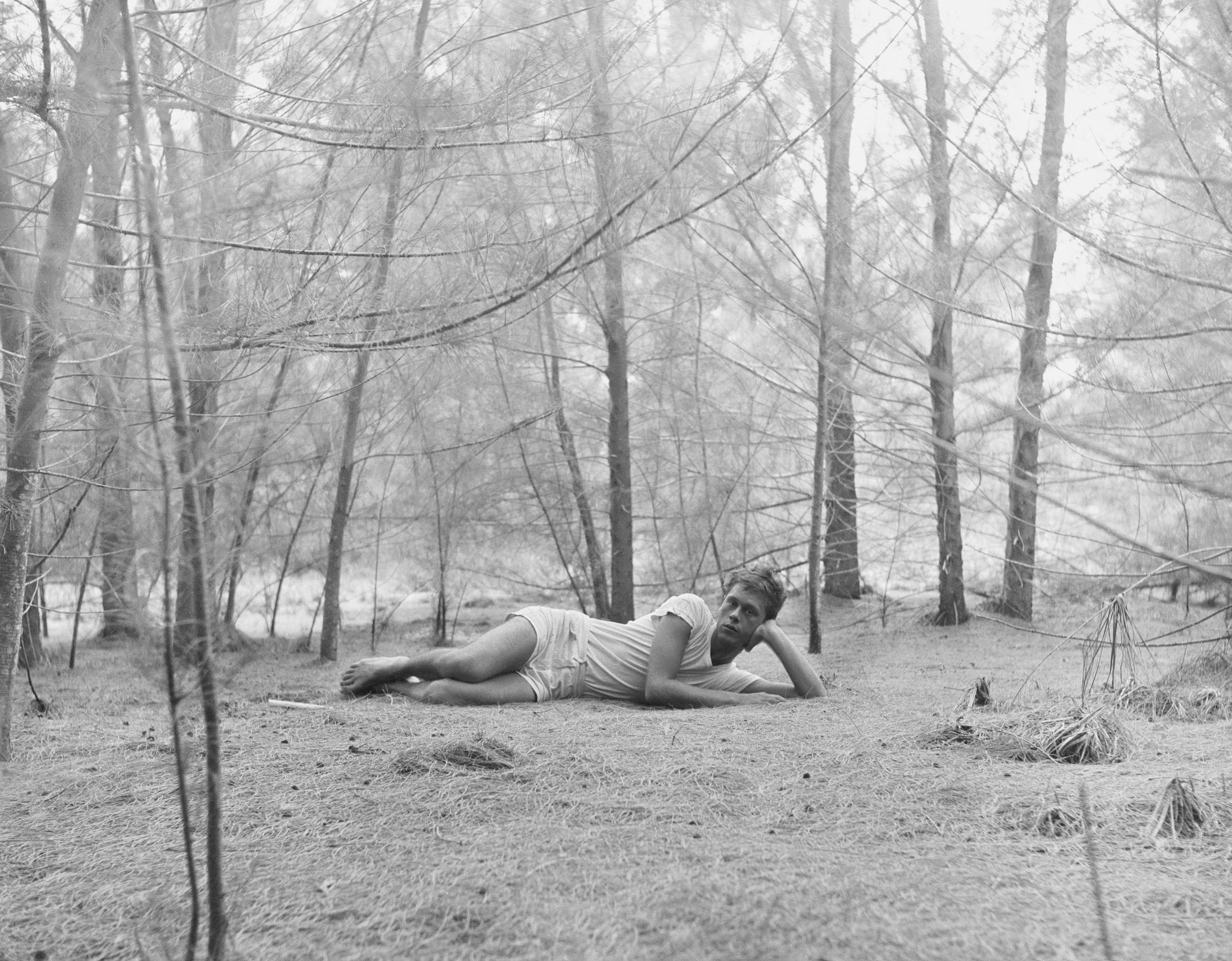 Inside the seductive and mischievous relationship between Paul Thek and Peter Hujar
Inside the seductive and mischievous relationship between Paul Thek and Peter HujarUntil now, little has been known about the deep friendship between artist Thek and photographer Hujar, something set to change with the release of their previously unpublished letters and photographs
-
 Nadia Lee Cohen distils a distant American memory into an unflinching new photo book
Nadia Lee Cohen distils a distant American memory into an unflinching new photo book‘Holy Ohio’ documents the British photographer and filmmaker’s personal journey as she reconnects with distant family and her earliest American memories
-
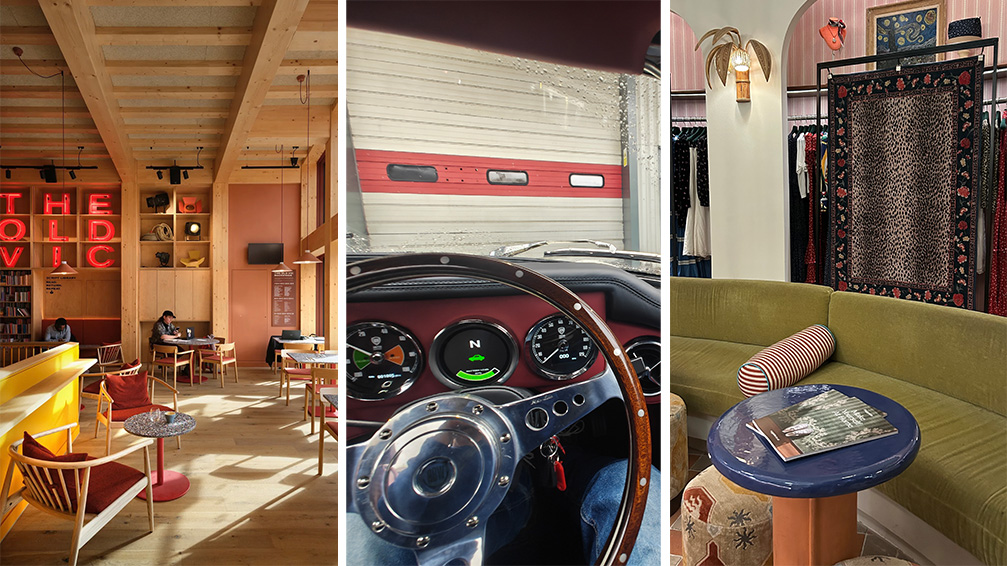 Out of office: The Wallpaper* editors’ picks of the week
Out of office: The Wallpaper* editors’ picks of the weekThe rain is falling, the nights are closing in, and it’s still a bit too early to get excited for Christmas, but this week, the Wallpaper* team brought warmth to the gloom with cosy interiors, good books, and a Hebridean dram
-
 Inside Davé, Polaroids from a little-known Paris hotspot where the A-list played
Inside Davé, Polaroids from a little-known Paris hotspot where the A-list playedChinese restaurant Davé drew in A-list celebrities for three decades. What happened behind closed doors? A new book of Polaroids looks back
-
 Inside the process of creating the one-of-a-kind book edition gifted to the Booker Prize shortlisted authors
Inside the process of creating the one-of-a-kind book edition gifted to the Booker Prize shortlisted authorsFor over 30 years each work on the Booker Prize shortlist are assigned an artisan bookbinder to produce a one-off edition for the author. We meet one of the artists behind this year’s creations
-
 Out of office: The Wallpaper* editors’ picks of the week
Out of office: The Wallpaper* editors’ picks of the weekThis week, the Wallpaper* editors curated a diverse mix of experiences, from meeting diamond entrepreneurs and exploring perfume exhibitions to indulging in the the spectacle of a Middle Eastern Christmas
-
 14 of the best new books for music buffs
14 of the best new books for music buffsFrom music-making tech to NME cover stars, portable turntables and the story behind industry legends – new books about the culture and craft of recorded sound
-
 Jamel Shabazz’s photographs are a love letter to Prospect Park
Jamel Shabazz’s photographs are a love letter to Prospect ParkIn a new book, ‘Prospect Park: Photographs of a Brooklyn Oasis, 1980 to 2025’, Jamel Shabazz discovers a warmer side of human nature